In this post, we will learn the reason behind the use of a capacitor in a fan.
Ceiling fan or table fan is one of the most commonly used devices everywhere. It is almost impossible to survive without a fan in an area where there is no natural ventilation or air conditioning.
So, it is important to understand the importance of a fan. You must have heard that a capacitor is one of the most essential used parts of a fan. But, do you know why such a small part can affect the working of the fan?
Well, you will be astonished to know that if the capacitor is removed from the fan, then it will not even rotate. Sounds strange? Yes, a capacitor is a very important component of a fan. In this post, we will see why a capacitor is used in a fan.
Why is Capacitor Used in a Fan?
Let us first start from the basics. A fan works on a single-phase motor. You will not have heard of a fan working on three phases. So, a fan always requires a single-phase AC supply.
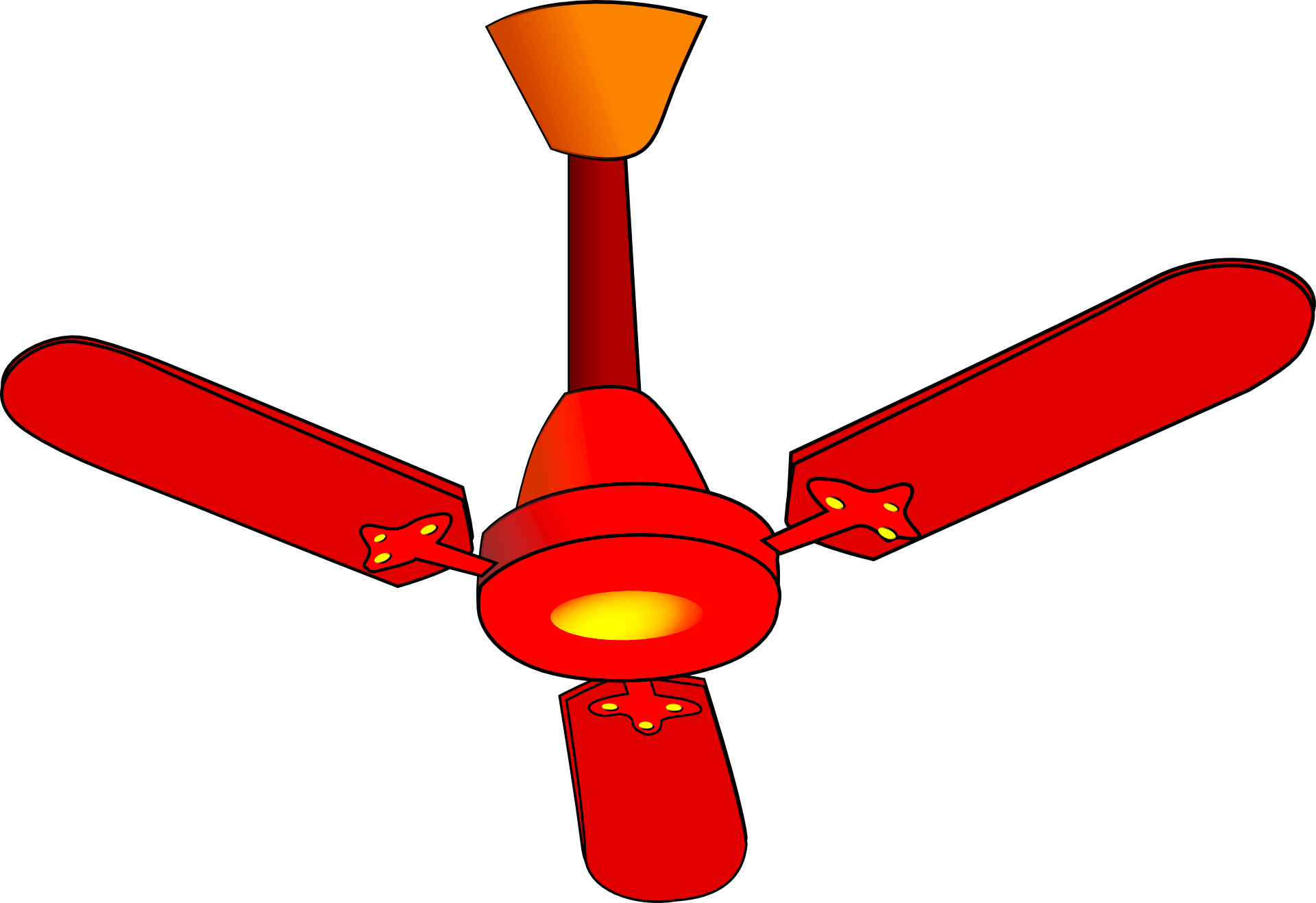
Now, if you see the working of a motor, you will be knowing that it is a device that converts electrical energy into mechanical energy. This is due to Faraday’s law of electromagnetic induction. If electrical energy is passed through a magnet, an electromagnetic field is generated which rotates the rotor winding of a motor.
It will be surprising to know that a single-phase-generated magnetic field cannot rotate a rotor, but a three-phase-generated magnetic field can do the same. This is because a single phase does not have any phase separation in the currents flowing; whereas a three phase current is separated between each of the phases by a certain degree.
As per the concept of Double Revolving Field Theory, a fluctuating magnetic field is a sum of two oppositely rotating magnetic fields. In the case of a single-phase supply, two rotating magnetic fields (stator winding can be divided into mains winding and auxiliary winding) produce an equal and opposite force on the rotor and as a result, the rotor doesn’t rotate.
Both torques cancel out each other after a half cycle. The resulting (net) rotating magnetic field would be zero i.e. zero starting torque. For the rotor to rotate, one torque must be greater than the other; which is possible naturally in a three-phase motor.
From this discussion, you will now be getting a fair idea that a single-phase motor used for a fan cannot rotate by itself now. This brings our concept of a capacitor into the picture now.
A capacitor is a device which stores a certain amount of electrical energy into it, just like a battery (though battery stores a much higher energy). It will make a single phase motor self-starting now.
Means, now suppose if we remove the capacitor, then you will need to manually rotate the fan by hand for a few seconds; due to which the fan will then start to rotate. It sounds funny but this is the truth. Let us see now how a capacitor works in a fan.
Refer to the below image for understanding. There are five main components – switch, capacitor, rotor, starting winding (stator), and running winding (stator).

If you close the switch, then the single-phase current will flow into two directions – one into starting winding and one into running winding. Due to the arrangement shown, current will flow as it is into the running winding. But, to flow through a starting winding, it has pass through a capacitor.
Now, a capacitor is a device that provides a leading current. It means that it will swiftly pass current and then pass voltage after some time. This gives a phase difference. It means that the current is leading in the starting winding; whereas the current is lagging in the running winding.
Thus, the capacitor shifts the phase of the current and due to this, a shifted phase AC comes out of the capacitor and goes to the starting winding.
Due to the two different phases in each winding, magnetic rotation is created and thus the rotor starts rotating. Suppose if the capacitor was not used; then the same phase direction would go through both the windings and the rotor would not rotate then.
So, as soon as you start the switch, the capacitor will perform its role immediately and initiate to rotate the fan. So, there is no need to manually move the fan by hand initially. This is the main role of the capacitor – self-starting. This also implies that a capacitor will be required in every single-phase motor; not only fans.
In this way, we understand why a capacitor is used in a fan.
If you liked this article, then please subscribe to our YouTube Channel for Electrical, Electronics, Instrumentation, PLC, and SCADA video tutorials.
You can also follow us on Facebook and Twitter to receive daily updates.
Read Next:
- SCADA in Power System
- How do AC Drives Work?
- Importance of Neutral Wire
- Industrial Circuit Breakers
- Single and Multi-Core Cables

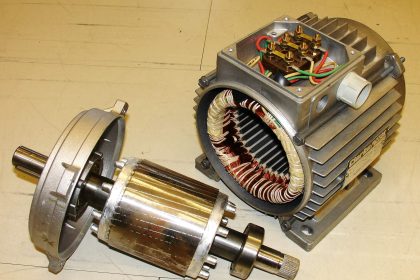





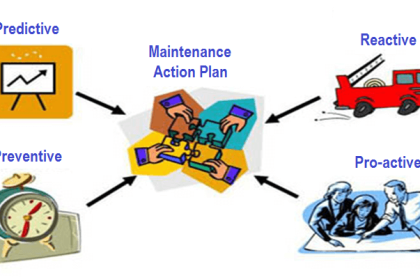

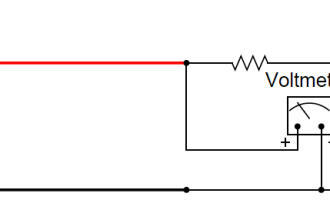
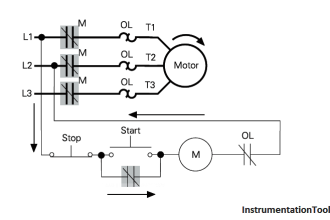

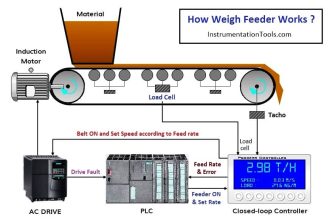
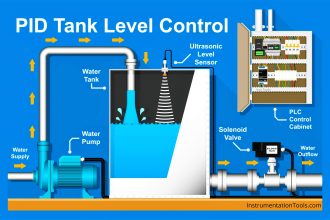
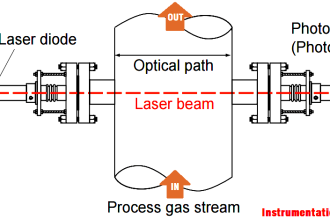
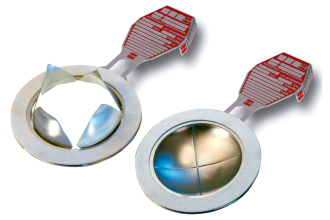

Remind people of the helpful reminders of : “ ELI the ICE man” .
It’s a lead or lag of current in a capacitive or inductive circuit… Thankd….